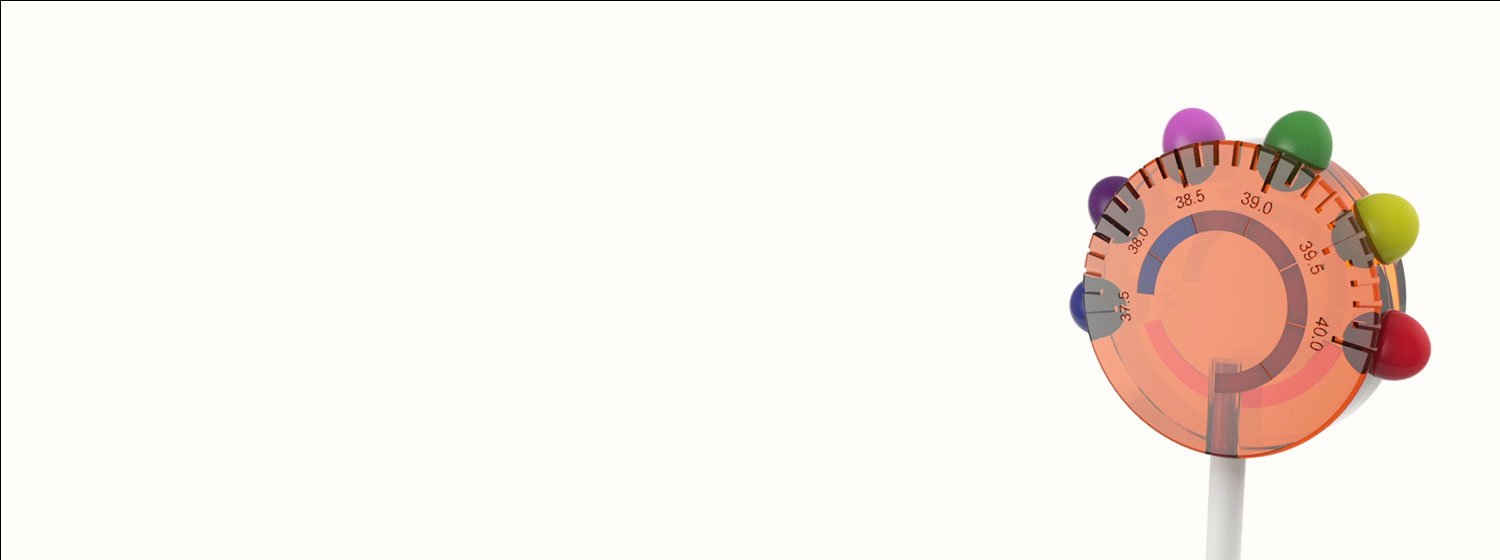
Frequently Asked Questions
Find the answers to our most frequently asked questions below!
Can’t find what you’re looking for? Contact us here with additional questions regarding our program.
-
Product Design is an enormous field, and we believe that the purpose of a graduate education is to gain as many skills, methods, and fluencies as possible. (We also believe that motivated people learn quickly, so a lot of our courses are half-semester in duration.)
We often say that “You will be working for the rest of your life, so what is the best investment for the brief two years that you will be in grad school?” Our answer is that you should consider these two years as a way to expose yourself to the greatest number of “possible futures.” Designers are extremely restless, and most designers move very quickly between jobs and organizations after they graduate (often as short as every two years!) This means that the delivery of an expansive education will empower you with the knowledge, language, and know-how to steer your career in ways that would be impossible with singular, specialized training.
-
Students take 5 courses in any given week, and courses range in duration from 7 to 15 weeks in length. Our 7-week structure allows us to offer more learning opportunities during the entirety of the program.
In addition to the courses, we have “specials”—ranging from field trips and student visits to guest lectures and MoMA ideation sprints. Most weeks offer something unique, so that students learn a myriad of things beyond what happens strictly in the classrooms.
-
Our program includes extensive professional practice that goes beyond a single portfolio course at the end of the degree. We begin working with students to build their professional networks on the third week of the first semester.
Throughout the two-year program, we work on:
- Effective interviewing techniques
- Presentation skills
- Portfolio development
- Negotiating
- Public speaking
- Résumé crafting
- Website representation
We cultivate relationships with leading organizations and brands while you are in the program, so you are building your professional network while building your skills.
Check out the companies that attend our annual Job Fair here.
-
Our students excel professionally—from starting their own studios to leading in world-renown organizations. We have recent graduates working at companies such as Apple, Johnson & Johnson, Spotify, IDEO, Frog Design, and SYPartners.
You can check out where our individual graduates are working by clicking on their LinkedIn bios on our Student pages.
-
Yes! We look for a diverse group of individuals in every cohort. Whether you’re a practicing designer looking to change your path around impact, or someone who is interested in a complete career change, we consider the “whole person” and their potential, curiosity, and passion.
-
For applicants with limited design skills, we recommend preparatory work prior to attending the program in areas such as drawing, shop skills, and typography. If you are interested in the program and are unsure about how to approach the application portfolio, just reach out to us for a conversation.
-
All SVA facilities are included in the tuition cost, including access to the Visible Futures Lab.
There are additional department and materials fees. Materials fees vary depending on the amount of prototyping that a student engages in.
We recommend budgeting $550 per year for the department fee and approximately $500-$1000 per year for materials fees.
-
Applicants must have a bachelor’s degree from a regionally accredited college or university.
Interested applicants can visit the Apply page for a full list of required documentation.
-
We do thesis differently. Rather than a “first part research, second part designing” we believe in both research-led design and design-led research—and engage the students to do them simultaneously and continually. Additionally, rather than a “here’s my research, and here’s my solution” approach, each of our students creates multiple prototypes and design offerings across a broad spectrum of design. Every student proposed physical product design, digital product design, social innovation design, business modeling, and branding during their thesis work—culminating in a public presentation of their work and a hard-cover book documenting the process and its goals.
You can find a nice selection of thesis projects on this page.
-
The project is by Class of 2016 alumnus Xumeng Mou, is called LollyTemp. It’s a candy thermometer that uses melting chocolate to take a child’s temperature. Often kids are afraid when they go to the doctor’s office, and this product has different candies around its edge—each with a different melting point! (There’s also a sweet tradition of giving children a lollypop when they leave a doctor’s office :)
Didn’t find the answers you were looking for?
Reach out to us through our contact form and we’ll be in touch shortly.
